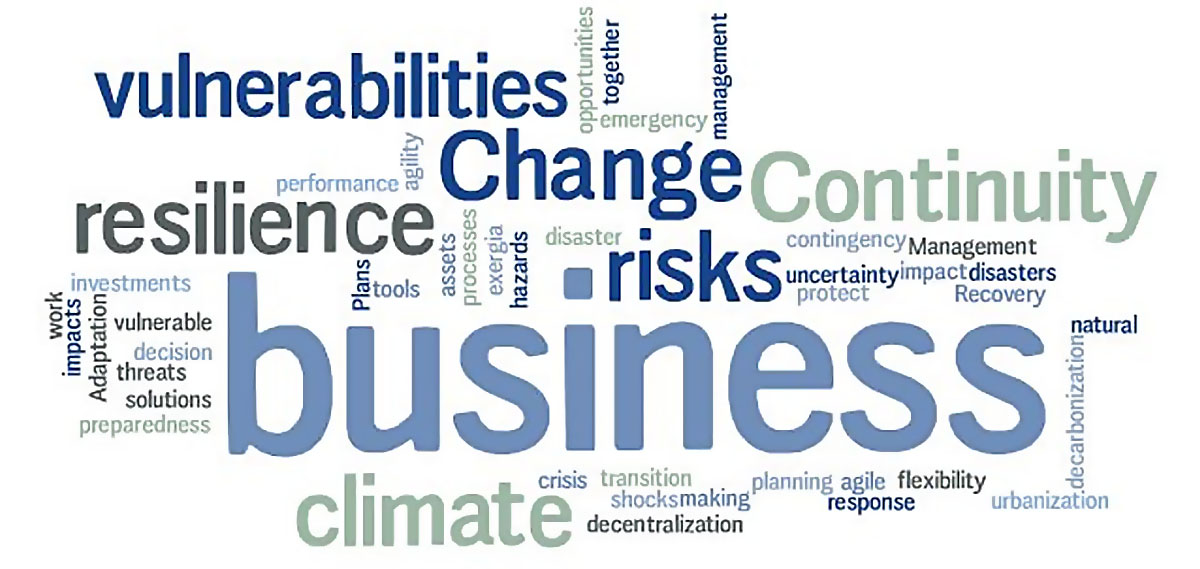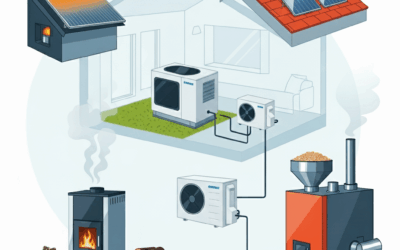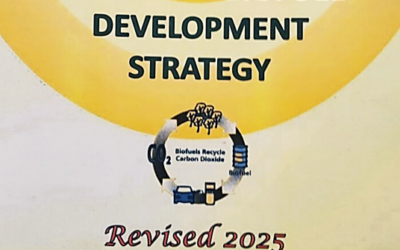It is well known that natural disasters which are related to climate change (e.g. rising sea levels, heat stress, extreme precipitation, inland and coastal flooding, landslides, water scarcity etc.) are rapidly increasing through last decades.
Climate impacts not only show regional and seasonal patterns, but also differ between territorial settings. As a consequence, the corresponding risk to critical infrastructures such as pipelines and their facilities is also increasing and should be carefully evaluated, while climate change may increase their cost. The severity of climate impacts on pipelines and their facilities will vary worldwide according to (a) individual locations and their geophysical risk exposure, and (b) the existing adaptive capacity and resilience. Therefore, the adaption of the pipeline project usually requires a complex, site-based analysis of different trends and impact patterns. Various norms worldwide (e. g. Directive 2014/52/EU) have foreseen to consider the vulnerability (exposure and resilience) of certain projects to major accidents and/or disasters during the Environmental Impact Assessment Procedure. This will likely lead to changes in design standards for the construction and operation of oil and gas pipelines; compressor stations etc. in order to avoid significant adverse effects on the environment.
In addition, climate change may influence the integrity and reliability of existing pipelines and associated infrastructure (upstream and downstream sections) that operate in diverse and often extreme climatic conditions; from hot deserts to permafrost areas. The climatic conditions of these areas have rapidly changed during the last decades, requesting an urgent assessment of the existing infrastructures.
EXERGIA along with the National Technical University of Athens, Geoserton Hellas SA and Korros-e during the Pipeline Technology Conference 2020 presented the interrelation between pipeline projects and climate change, to present the increasing hazards and risks to existing or future infrastructure but also to highlight the incompleteness of specific methodologies that are widely used in pipeline design.
The full article may be found here and for more info click here.



